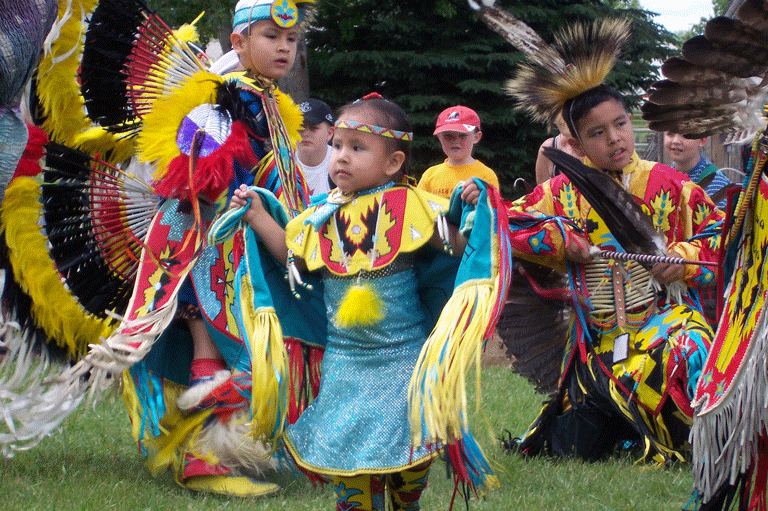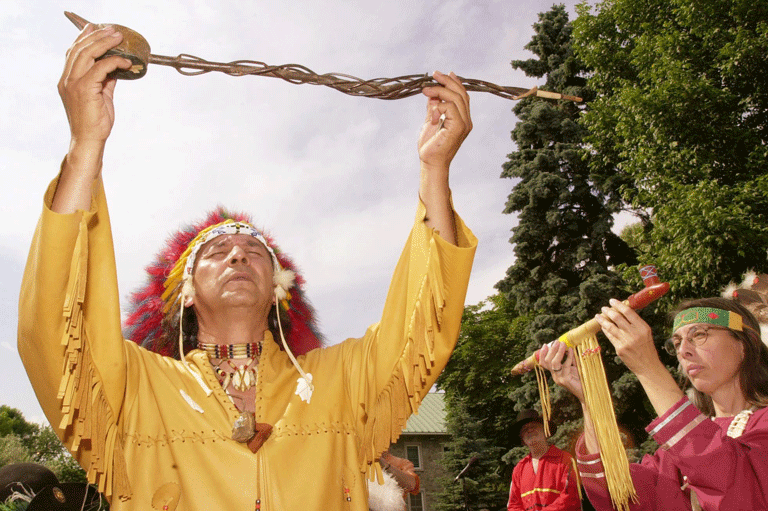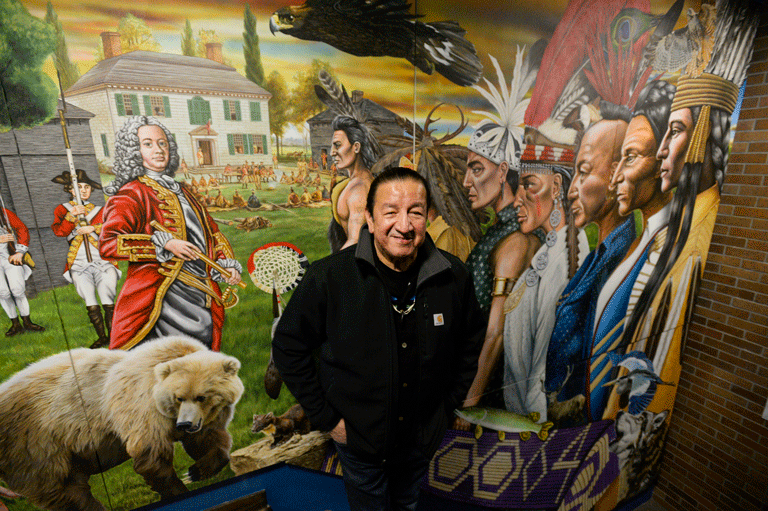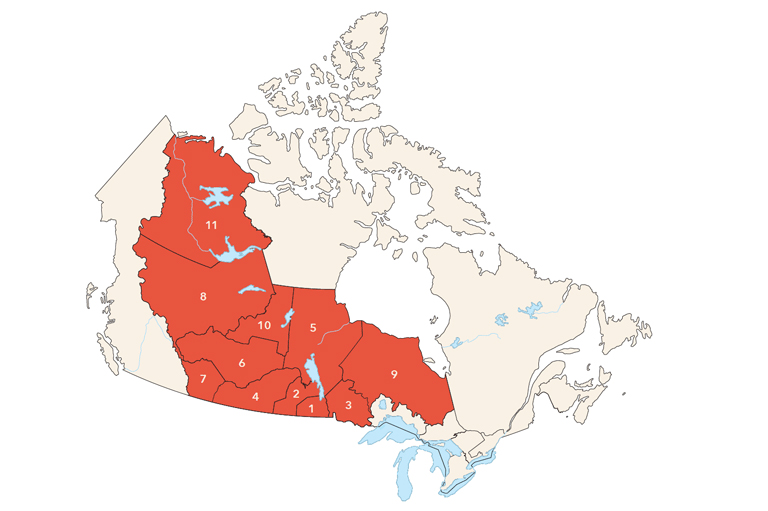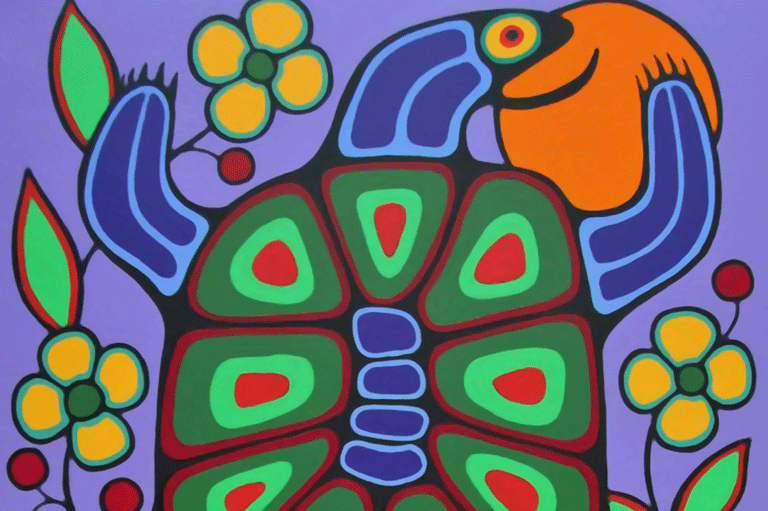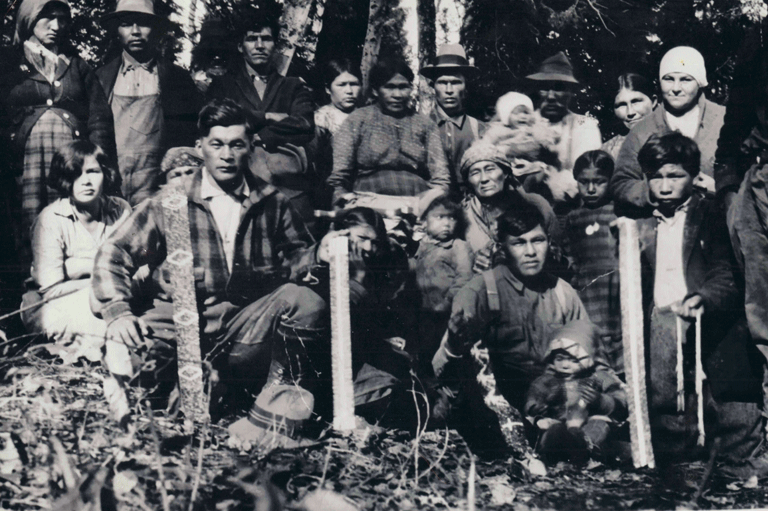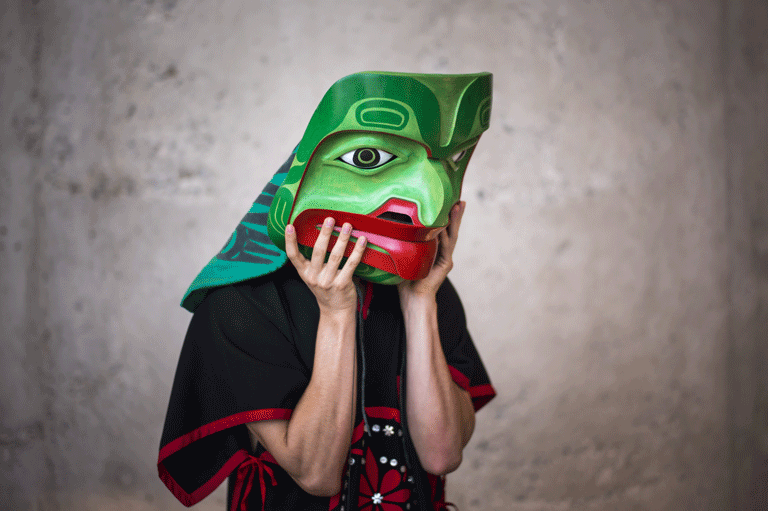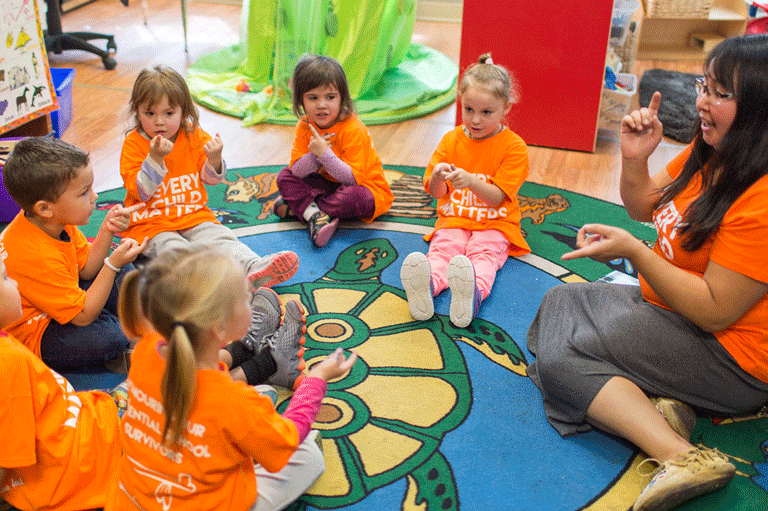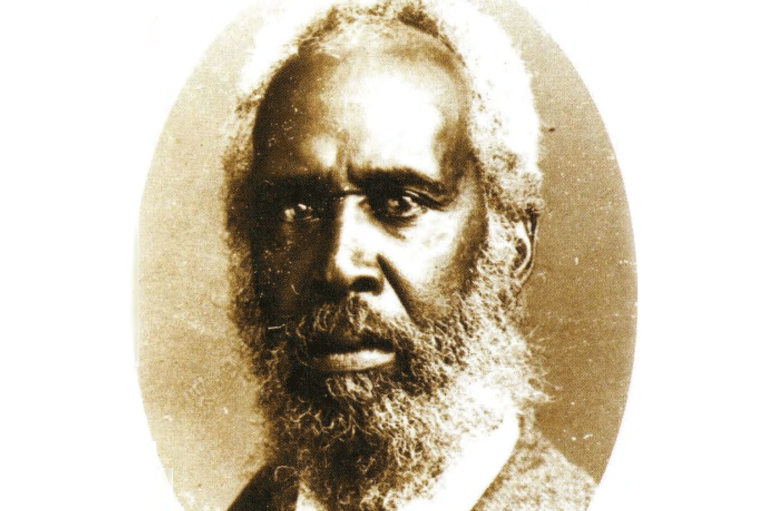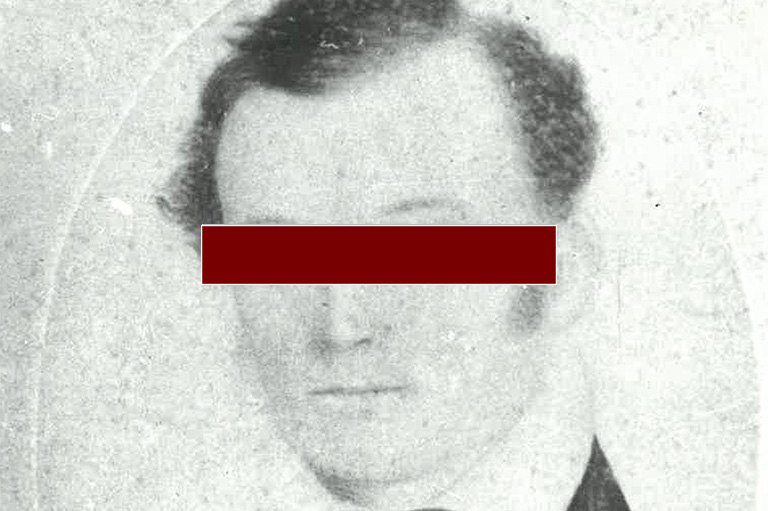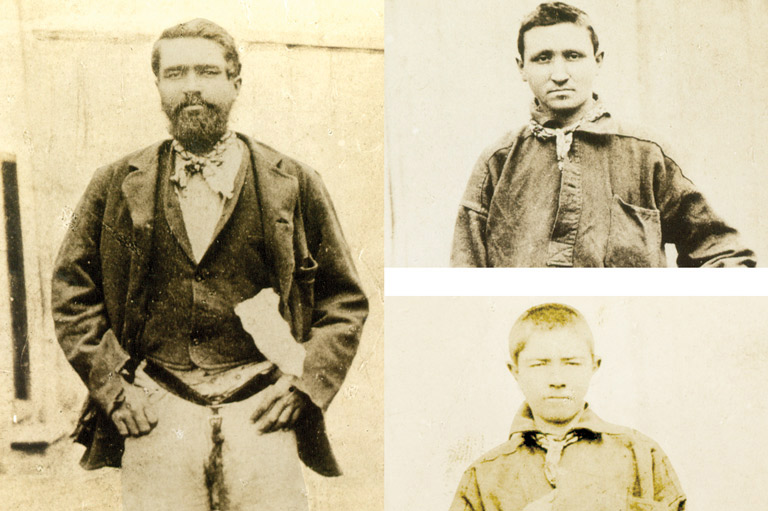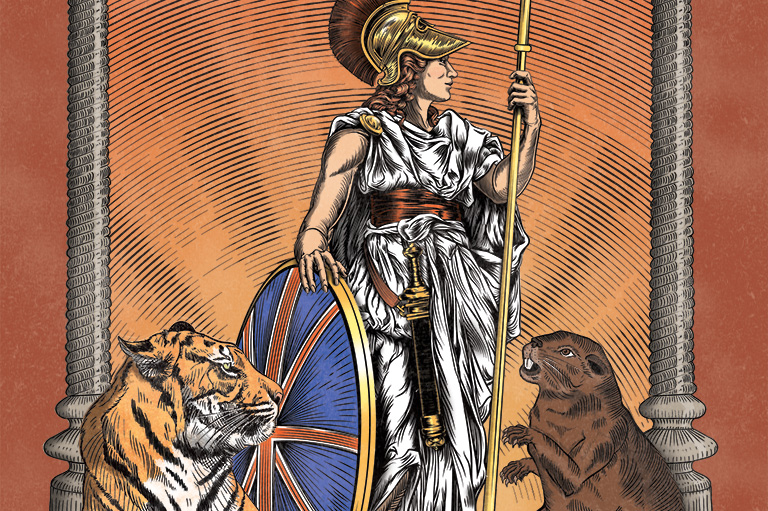Discover a wealth of interesting, entertaining and informative stories in each issue, delivered to you six times per year.
Messages from Canada's History
A message from Janet Walker

First Nations peoples were the first to see this land. They were the first to hunt its forests, fish its rivers, and harvest its flora, and they passed their wisdom down to their children and grandchildren.
Indigenous peoples were willing to share their knowledge with the European newcomers they encountered. Over time, the two groups became trading partners and allies. And yet, the stories of the First Nations, along with those of the Inuit and Métis peoples, were pushed to the margins of history texts. The Treaty relationship, so crucial to understanding Canada today, was forgotten, and in some cases it was even deliberately ignored; today many non- Indigenous Canadians are unaware of these compelling and significant stories.
This special issue of Canada’s History explores the history of Treaties and the Treaty relationship and is an important first step in sharing First Nations perspectives.
It has been developed with contributors who have helped to incorporate the spirit and intent of Treaty making. The contributors, drawn from across the country, bring expertise and insights that help us to understand the continuing relevance of Treaties and the Treaty relationship.
We are grateful to Treaty Commissioner Loretta Ross, who co-edited this issue, along with Canada’s History editor-in-chief Mark Collin Reid and all the contributors who have helped to bring this project to fruition.
Many teachers and students have asked for resources to help to advance the understanding of Treaties. This special issue is part of a greater conversation to ensure that our collective history is truly inclusive.
A message from Mark Collin Reid

Since time immemorial, First Nations have forged ties of kinship and friendship with other Indigenous peoples. These ties were later extended to the European newcomers who arrived in North America centuries ago. The Treaties made between the First Nations and the Crown are living agreements — as relevant today as they were the day they were signed. Everyone benefits when there is a greater understanding and appreciation of Treaties and the Treaty relationship.
This special issue would not have been possible without the tremendous contributions of our many writers, editors, designers, artists, translators, and advisors.
We want to especially thank Loretta Ross, co-editor of Treaties and the Treaty Relationship, and her amazing team at the Treaty Relations Commission of Manitoba. Loretta’s guidance was crucial to this magazine’s success. We are also deeply grateful for the advice offered by the Treaties issue advisory group: Connie Wyatt Anderson, Charlene Bearhead, Monique Lariviere, Ry Moran, Jean-Pierre Morin, Janet Porter, Amanda Simard, and Sylvia Smith.
Finally, a quick note about terminology. We have tried during the editing process to respect and to reflect the regional variants of the spellings of some First Nations terms. Readers may also note that the terms “First Nations” and “Indigenous” have, on occasion, been used interchangeably.
While the term “Indigenous” also includes the Inuit and Métis peoples, this issue focuses specifically on the Treaty relationship between First Nations and the Crown, and the editors deferred to the writers’ preferences with regard to using “First Nations” and “Indigenous” interchangeably.
Register to receive your FREE educational package devoted to Treaties and the Treaty Relationship.
Packages are aimed at Grades 2–7 and Grades 7–12, and available in both English and French.
Themes associated with this article
More from the Treaties issue

Encouraging a deeper knowledge of history and Indigenous Peoples in Canada.
The Government of Canada creates opportunities to explore and share Canadian history.

The Winnipeg Foundation — supporting our shared truth and reconciliation journey.




